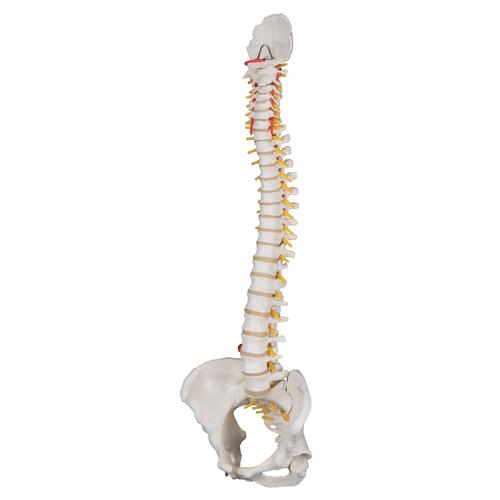

- #DUPLICATE SKELETON SPINE2D HOW TO#
- #DUPLICATE SKELETON SPINE2D INSTALL#
- #DUPLICATE SKELETON SPINE2D SOFTWARE#
- #DUPLICATE SKELETON SPINE2D CODE#
- #DUPLICATE SKELETON SPINE2D TRIAL#
So – choose a version of Spine and download, install, and run it. If you complete the rest of the tutorial and are eager to see your animations running in your apps, you should consider purchasing an Essential or Professional license so that you have the ability to save and export your work.
#DUPLICATE SKELETON SPINE2D TRIAL#
However, at the end of this tutorial, you’ll find an optional section on exporting your animations, which you cannot do with the trial version.

The price of the license depends upon the number of computers supported.įor the purposes of this tutorial, you can do almost everything with the trial version.
#DUPLICATE SKELETON SPINE2D INSTALL#
If you’re ready to take your first steps with Spine, let’s get started! Getting Startedįirst things first: you need to download and install Spine. Instead, the focus of this tutorial is using Spine itself, which will be useful no matter what game framework you may be using. Note that this tutorial does not cover integrating the resulting animations into a game that will be a separate tutorial. In this tutorial, you’ll use Spine to animate a clumsy elf so that it walks and trips. Spine also comes with a huge list of pre-made Spine runtimes, which is a fancy way of saying “code you can add into your game to read Spine files, and create animated sprites from them.” Runtimes include Unity, Sprite Kit, cocos2d-iPhone, and much more. Spine is a graphical interface that allows you to create a skeleton out of each pieces of your sprite, and move it around in order to create animations you can use in your game.
#DUPLICATE SKELETON SPINE2D SOFTWARE#
Luckily, the folks at Esoteric Software have created a great tool to help you out called Spine. Of course, creating a 2D skeletal animation system by hand is a crazy amount of work.
#DUPLICATE SKELETON SPINE2D CODE#
You also add some code into your game to read this animation file, create sprites for each body part, and move them around according to the instructions in the file.
#DUPLICATE SKELETON SPINE2D HOW TO#
Then you create a small file that describes how to move the body parts around in order to perform the animation you want, such as walking, running, or jumping. The idea is instead of saving out each and every frame of animation, instead you save out individual body parts like this: The way to solve these problems is to integrate something called a 2D Skeletal Animation system into your games. Since each frame animation needs to be hand-drawn, if you are a developer this is probably something you need to rely on your artist to do – even if there’s a particular effect you’re going after.


 0 kommentar(er)
0 kommentar(er)
